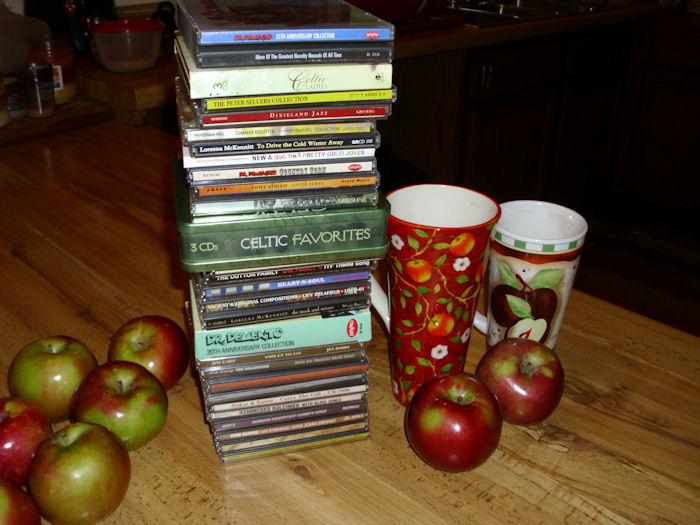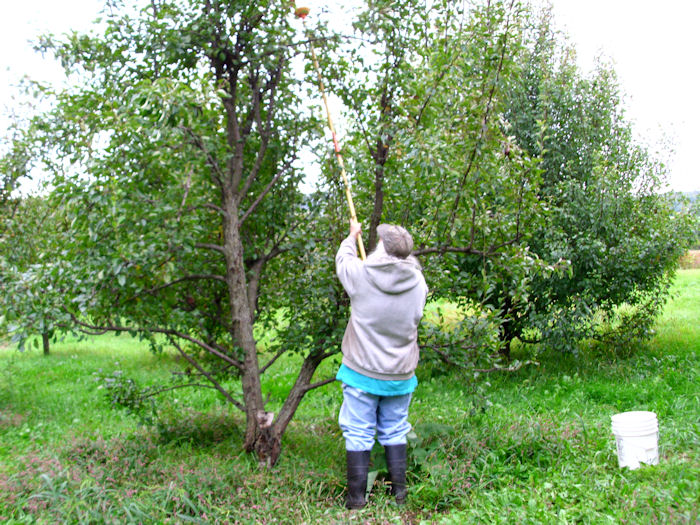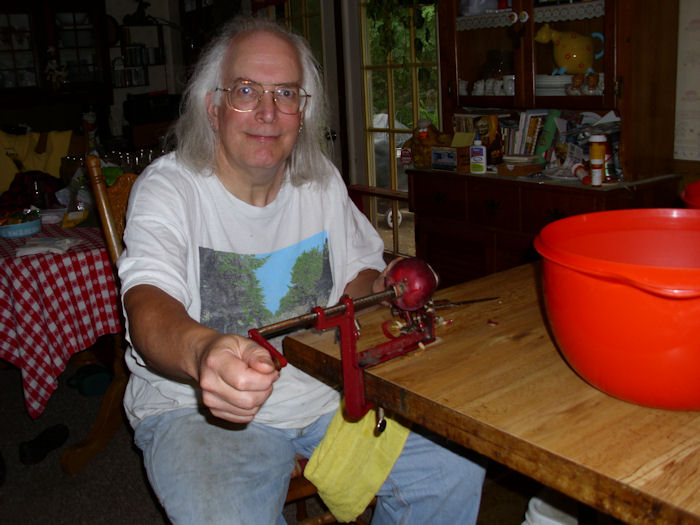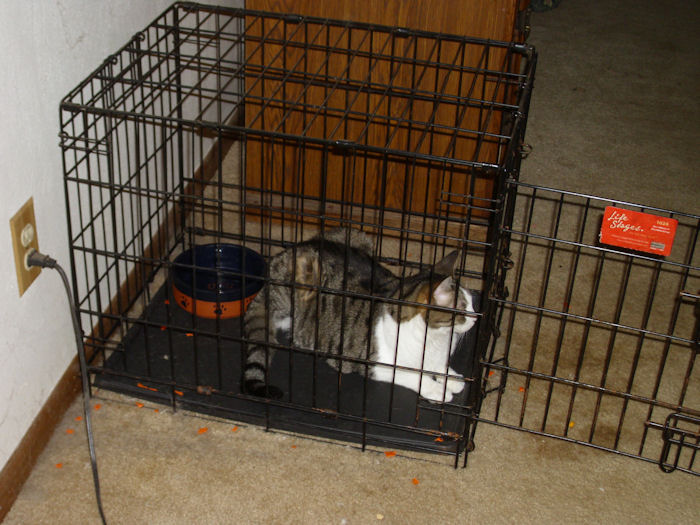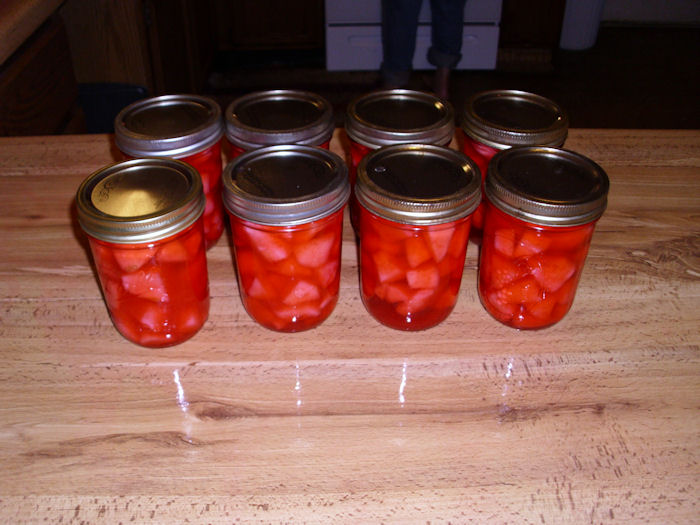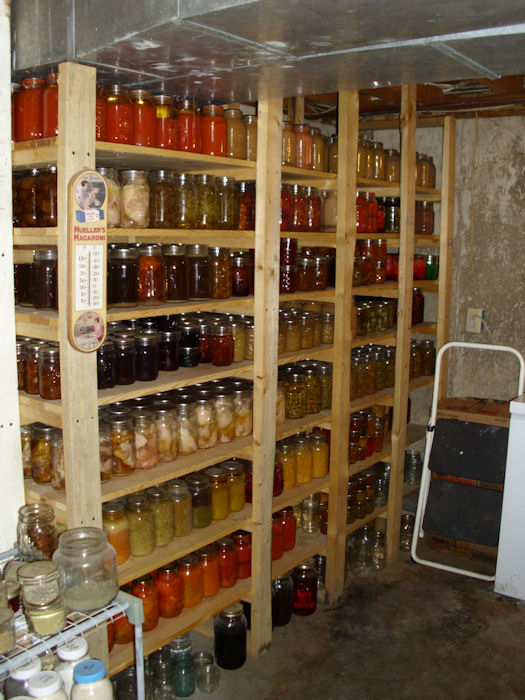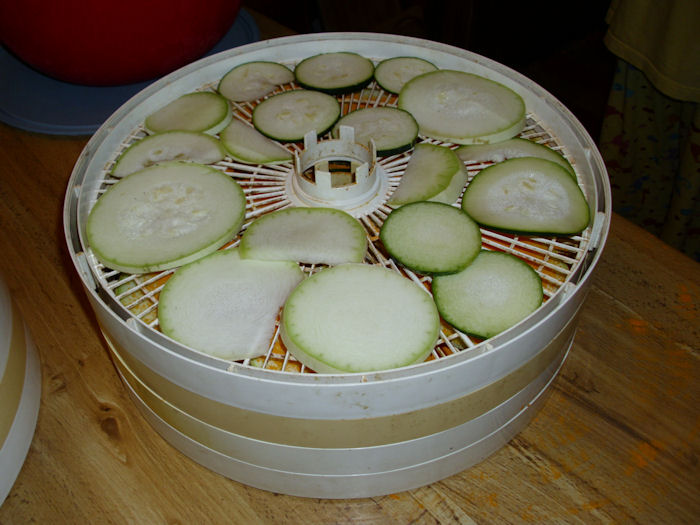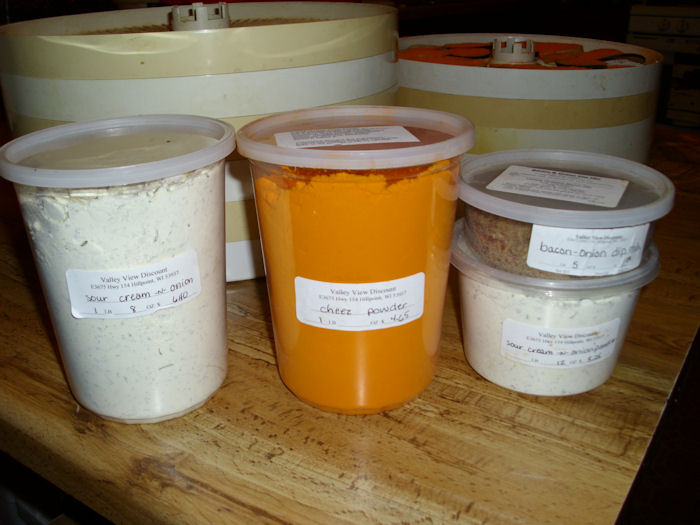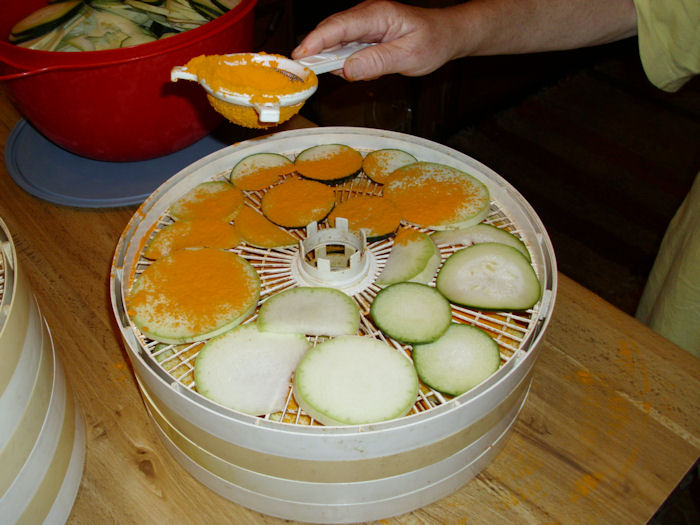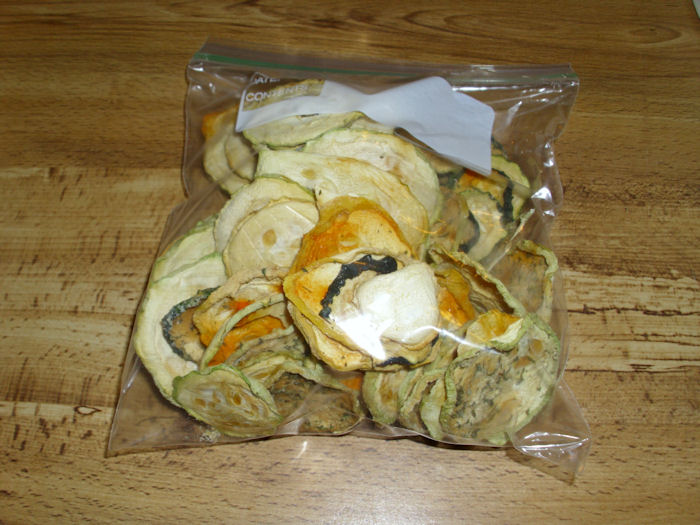I am now the proud owner of not one, not two, but three copies of the Ball Blue Book. Of course, the first question anyone should ask is why I own so many copies, given that all three copies are in great shape. The problem is one of outdated information. Science is constantly finding out more about bacteria and the methods used to battle it, so working with old information is dangerous from a number of perspectives.
- Our bodies have changed and are no longer as resistant to some food borne bacteria as they once were. People’s fetish with reducing exposure to bacteria has actually made our immune systems weaker (the hygiene hypothesis).
- The bacteria have changed and become ever more difficult to kill. Food borne bacteria do mutate and become stronger due to all sorts of reasons.
- Preservation techniques once thought safe for canning are now shown as inadequate due to better testing strategies.
All of these issues affect how you can food. Consequently, it’s a good idea to keep your canning resources updated to ensure you stay safe. The point was driven home to me again last week when I went to check on the process for canning zucchini. My oldest Ball Blue Book had a perfectly usable recipe for the process. I also found recipes on several sites online, some of which included pictures that looked precisely like the process I had followed in the past. At least one resource talked about another book on my shelf, Putting Food By. However, I became suspicious when a third resource mentioned a potential issue with canning zucchini. Locating the USDA resource online provided the full story. It turns out that the USDA can’t determine a good processing time for zucchini because of the way the squash cooks. So, I froze my zucchini using the process found in all three copies of my Ball Blue Book (a process that hasn’t changed).
After spending some time researching this issue, I’ve come to the conclusion that I really need to recheck those old family recipes of mine to ensure they’re still safe. I also need to spend more time ensuring my resources, such as the Ball Blue Book, are updated regularly. Saving money by canning your own food loses its luster when a family member gets sick or possibly dies due to food contamination. Play it safe—throw that outdated book out and get the latest copy of any resources you use to ensure that you’re using the latest techniques. If in doubt, check additional resources such as the National Center for Home Food Preservation site for additional information or choose not to preserve the food in question. Let me know your thoughts on safe canning techniques at [email protected].

